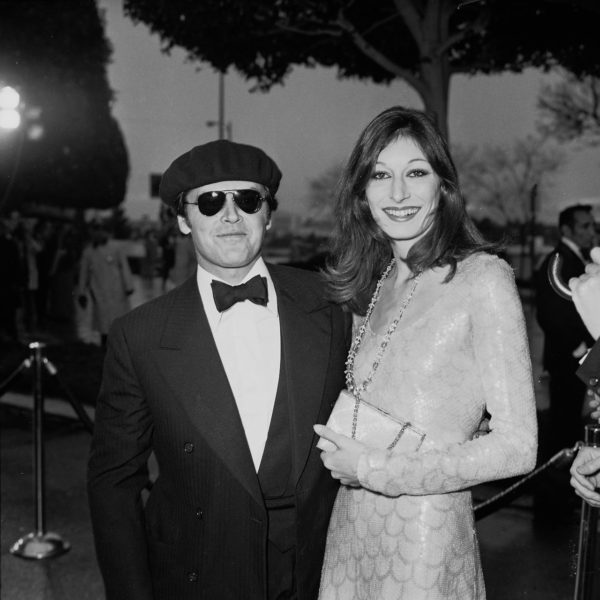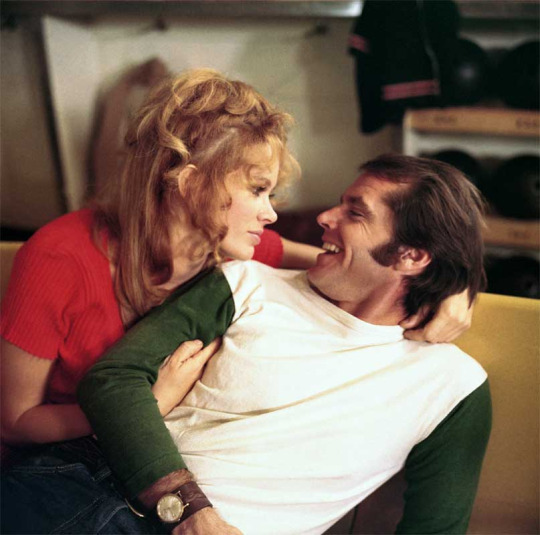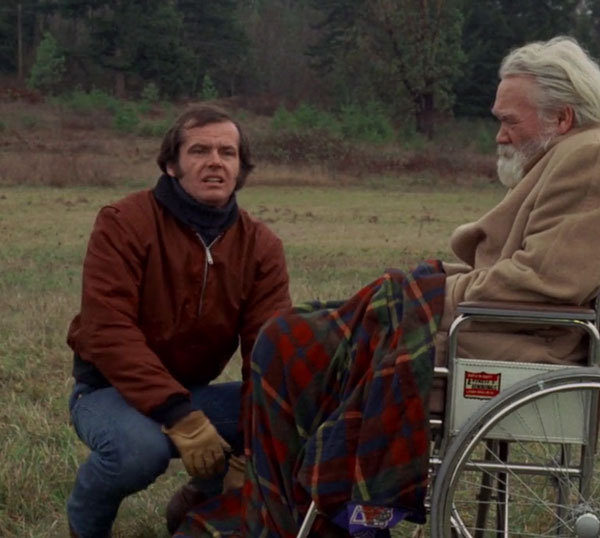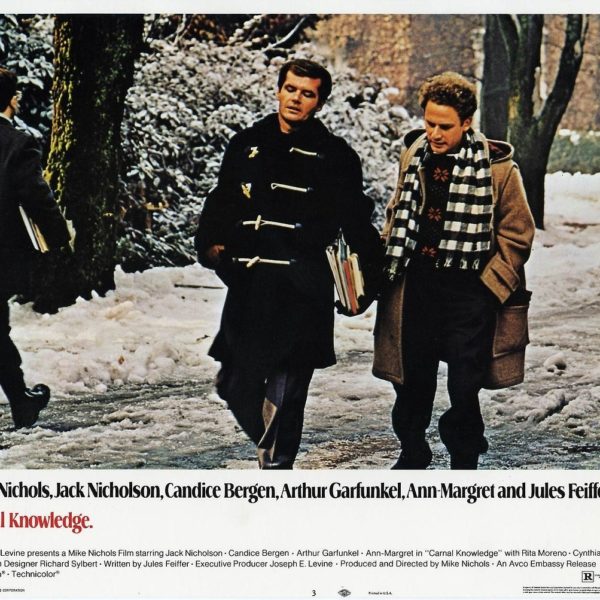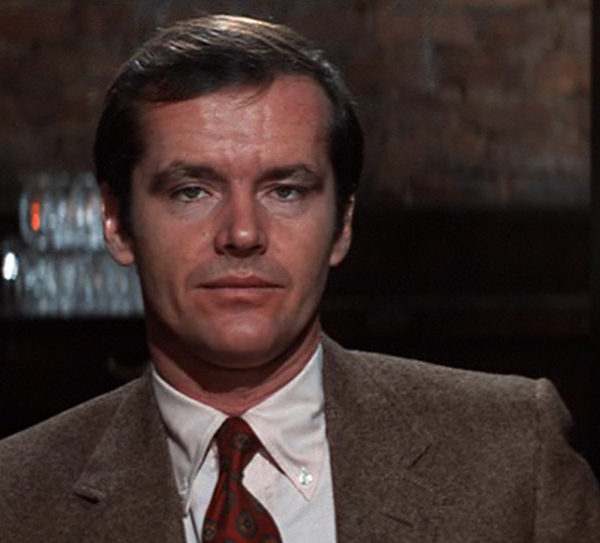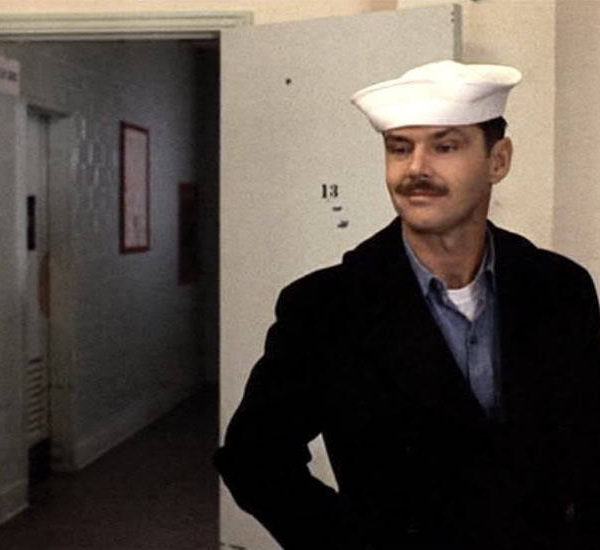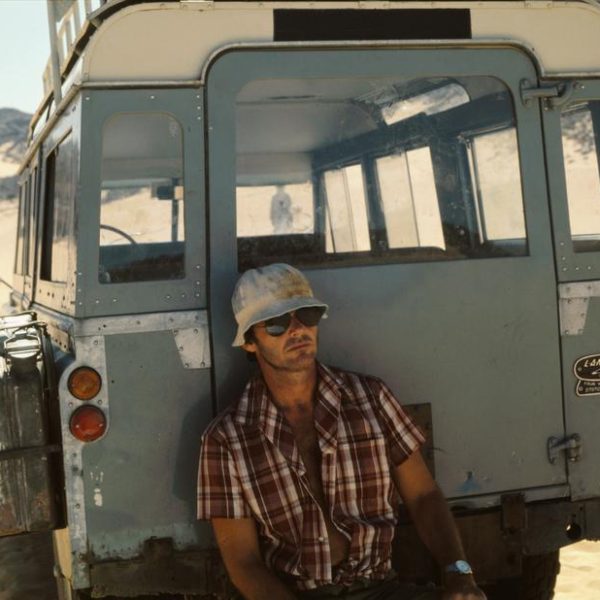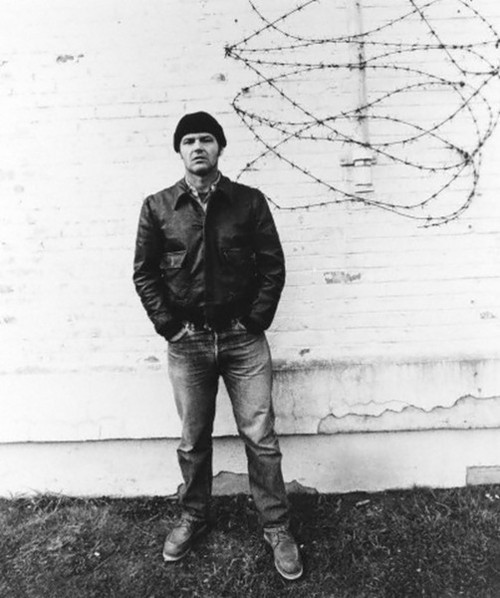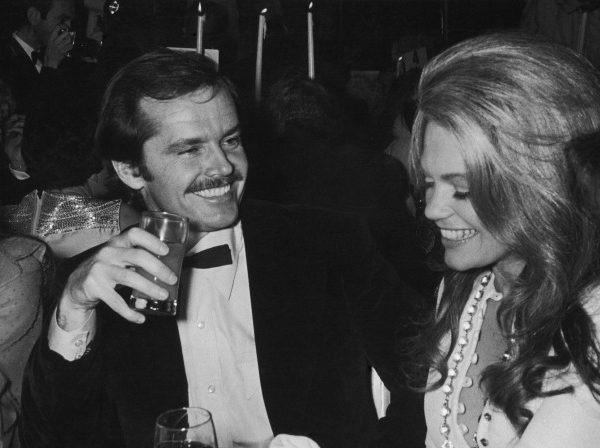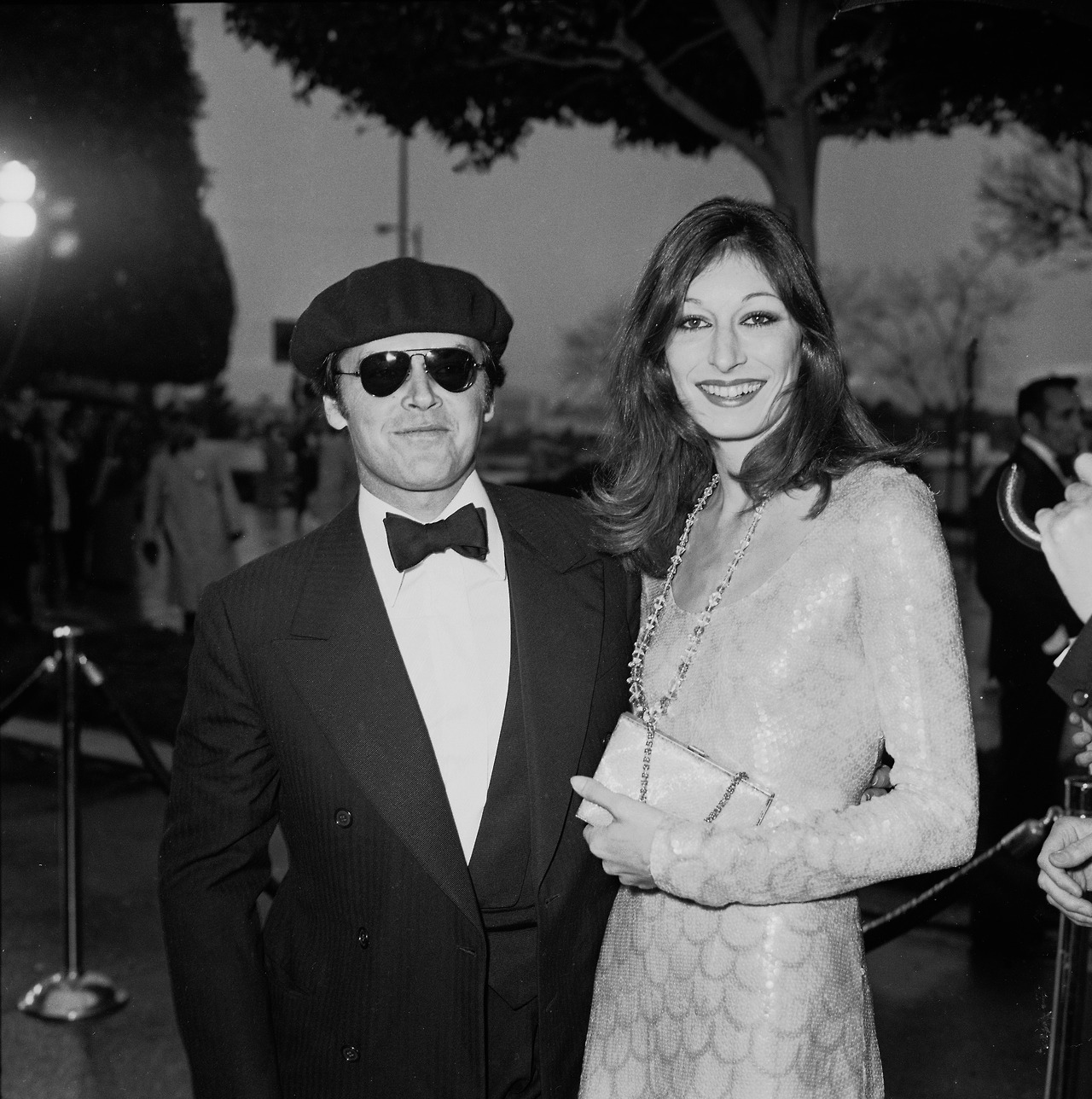
Jack doesn’t necessarily make the Mount Rushmore of men’s style icons on film (McQueen, Connery, Newman, Grant?) but his rise to stardom in the 1970s arguably marks an important turning point in leading men and style. The big box office draws in the 1950s and 1960s were primarily men in suits (like Cary Grant) or cowboy hats (John Wayne). The characters they played may have been complicated, but they were pretty clearly protagonists. The heroes of their stories. Nicholson, on the other hand, seemed to slither perfectly into antihero roles, with the wardrobes to match–denim and workwear in Five Easy Pieces, to gangster suits in Chinatown. Offscreen, he wore the exaggerated lapels and collars of the 1970s well at awards shows and galas, along with his trademark knowing smirk. A lot of the actors in the style icon canon get there essentially because they’re really handsome dudes and they look good in clothes; while by no means a bad looking guy, Nicholson doesn’t have the sort of classical-statue handsomeness of a guy like Paul Newman.
Said director Henry Jaglom: “He’s a 20th century icon. His power is less to do with glamour and more to do with something very complex and dark that people recognise in themselves, but so beautifully packaged he can get away with it.”
- Five Easy Pieces (1970)–Nicholson plays the son of a well-to-do, artistically oriented family who’s dropped out to work oil rigs in Texas, and as the film progresses he leaves the blue collar world to go home. Meaning he gets to wear both great chambray and plaid workshirts and turtlenecks with corduroy sportcoats. Nicholson was nominated for his first Oscar for the role.
- Carnal Knowledge (1971)–In this Mike Nichols film, Nicholson and Art Garfunkel play Amherst classmates, so you get the sort of Ivy/preppy wardrobe you might expect–great duffel coats, shetlands, and buttondown collars. As in many of these films, Nicholson’s character is essentially an asshole.
- The Last Detail (1973)–In Hal Ashby’s sailor road trip film, Nicholson spends most of his time in a peacoat and “dixie cup” hat. Good use of chambray and a popped peacoat collar.
- Chinatown (1974)–Chinatown is a dream for fans of unusual tailoring. Set in 1930s California, it features Nicholson as a private detective in a number of light-colored, three-piece suits with neat details like belted and pleated backs (with no vents), and shirts with long point collars that we’ve mostly come to associate with mafia figures.Modern suits seem exceedingly minimal by comparison. Plus a couple of nice brimmed hats in straw and felt.
- The Passenger (1975)–Nicholson worked with stylish Italian director Michelangelo Antonioni on this one. As a journalist initially working on a war story in Africa (before he steals the identity of an arms dealer), Nicholson gets to wear some excellent hot weather gear and lean on a beautiful Land Rover.
- One Flew over the Cuckoo’s Nest (1975)–Nicholson won an Oscar for his work as McMurphy, a criminal who, although not mentally ill, is committed to a mental institution and shakes up the ward and its cruel overseer, Nurse Ratched. McMurphy’s wardrobe is not extensive, but his workboots, whiskered jeans, leather bomber and watch cap look straight out of a menswear blog circa 2010 (and I’d wear any of those items today).
Nicholson’s other 1970s work, including The Last Tycoon, an adaptation of an F. Scott Fitzgerald novel, and Goin South, a western he directed, offer the potential for good wardrobes, but they don’t quite hold up to these.
